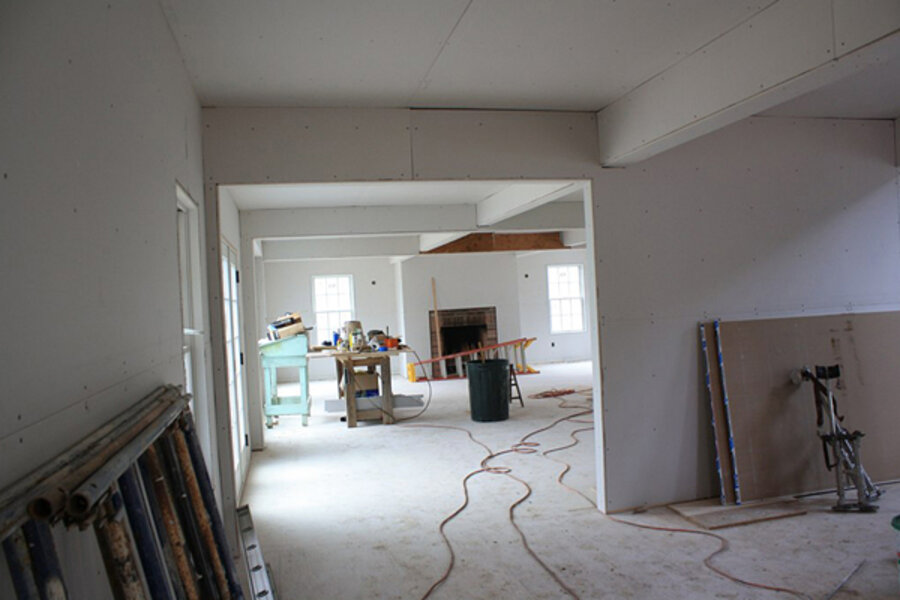Green renovation: Lessons learned
Loading...
This is my last Sheep Dog Hollow green renovation-adventure blog post. The greening aspects of the project are almost done.
This morning our well driller Ray Sima was there hooking up the geothermal wells to the house, our home energy rater Robert Matto is on his way to inspect our spray foam insulation, and it’s way past time for me to focus more fully on my book.
During this project, I’ve learned an enormous amount. The top lesson, though, is how far green technology has come in the past 30 years in terms of its overall efficiency and, equally as important, its affordability.
A geothermal system like the one we put in does cost about $15,000 to $20,000 more than a comparable top of the line oil-fired one. The extra cost comes from drilling the wells to harness that solar energy stored in the ground beneath our feet.
But the very fact that the overall system will use as much as 70 percent less energy to heat and cool our home than a traditional one means it will pay for itself in five to 10 years. If you add in the money recouped from state and utility rebates and federal tax credits, it could be paying for itself in a short three to five years.
Another lesson gleaned that’s probably more important is just how easy it is go green simply by improving any home’s overall insulation. It’s estimated that a minimum of 40 million homes are currently underinsulated. Improving their ability to keep in the heat in and the cold out will save homeowners an average of 20 to 30 percent annually on their heating bills, to say nothing of putting a healthy dent in the nation’s carbon footprint.
But even if you’re not worried about global warming, reducing the amount of oil or gas used to heat your home each year will at least help the country on its way toward energy independence. Regardless of the politics of global warming, that can’t help but be good for nation’s economy. It strikes me as a no-brainer. (I had to get in at least one cliché, apologies…)
I’d also like to use this last blog post as a “thank you.”
First, to the Monitor, my professional home for more than 25 years, which hosted my tripping and stumbling through this green education process. Then to editor Judy Lowe, with whom it is a delight to work, and Joanne Cicarrello, whose photos captured Sheep Dog Hollow’s beauty amid all of the construction chaos.
Tthen, of course, there are all of the people who’ve worked on the site and those who gave me invaluable advice over the phone. And finally, thanks to all who read the blog, commented, and shared your knowledge. I learned an enormous amount from your comments. They were invaluable.
Finally, here’s my take-away from this project: Green renovation is not something I ever imagined I’d be involved with, middle class, antediluvian environmentalist that I am. But I’m now convinced that if I can do it, anyone can.
Green technology is clearly ready to become a part of America’s middle-of-the-road mainstream, and in doing so, can help jump start our economy and make the nation even stronger. The technology and tools are there, ready and waiting to be used.
And if nothing else, I hope this blog has helped inspire at least one person who may have hesitated in the past to take the green plunge now. Thanks again to you all.






